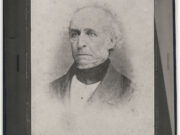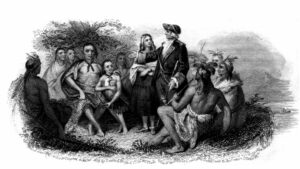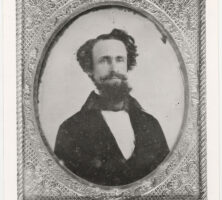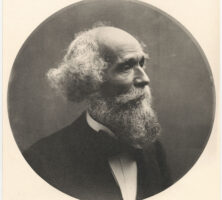Noted for their contributions to the intellectual life of nineteenth-century Georgia, the LeContes originally prospered as rice and cotton planters in Liberty County and later earned recognition for their scientific work.
In 1787 John Eatton LeConte, a native of New Jersey, became the sole owner of 3,356 acres of land in Liberty County. Known as the Woodmanston Plantation, the estate eventually passed to John Eatton’s sons, Louis (1782-1838) and John Eatton (1784-1860). By 1810 Louis had settled permanently at Woodmanston, had acquired enslaved laborers, and was cultivating rice and cotton. The young John Eatton lived in New York City until 1852, when he moved to Philadelphia, Pennsylvania. A noted naturalist, he often visited Woodmanston and made important contributions to the study of Georgia fauna. His son John Lawrence LeConte (1825-83) gained international recognition as an entomologist.

Also widely acknowledged as a naturalist, Louis LeConte enjoyed particular acclaim for the large botanical garden he cultivated at Woodmanston. Married to Ann Quarterman in 1812, Louis LeConte fathered seven children, one of whom died in infancy. The six surviving children were William, Jane, John, Lewis, Joseph, and Ann. All four of the sons of Louis and Ann Quarterman LeConte graduated from the University of Georgia, and Lewis also received a degree from Harvard University Law School. Jane married John M. B. Harden, a physician and naturalist in Liberty County who published noteworthy articles on medical and scientific topics. Ann also married a physician, Josiah P. Stevens, and their son Walter LeConte Stevens became a well-known physics professor at the Rensselaer Polytechnic Institute in New York and, later, at Washington and Lee University in Lexington, Virginia. The most famous of Louis LeConte’s children, however, were John and Joseph.
Born in 1818, John graduated from the University of Georgia in 1838 and from the College of Physicians and Surgeons in New York in 1841. He married Eleanor Josephine Graham in 1841, and they had three children: Mary Tallulah, Louis Julian, and John Cecil. In 1841 John established a medical practice in Savannah, and during his early career he published several articles on medical topics. His main interests were in chemistry and physics, however, and he became a professor of chemistry and natural philosophy at the University of Georgia in 1846. He resigned in 1855 as a result of a disagreement with the university president, Alonzo Church, and returned to the College of Physicians and Surgeons as a lecturer. From 1856 to 1868 he served as the professor of natural and mechanical philosophy at South Carolina College (later the University of South Carolina), located in Columbia.
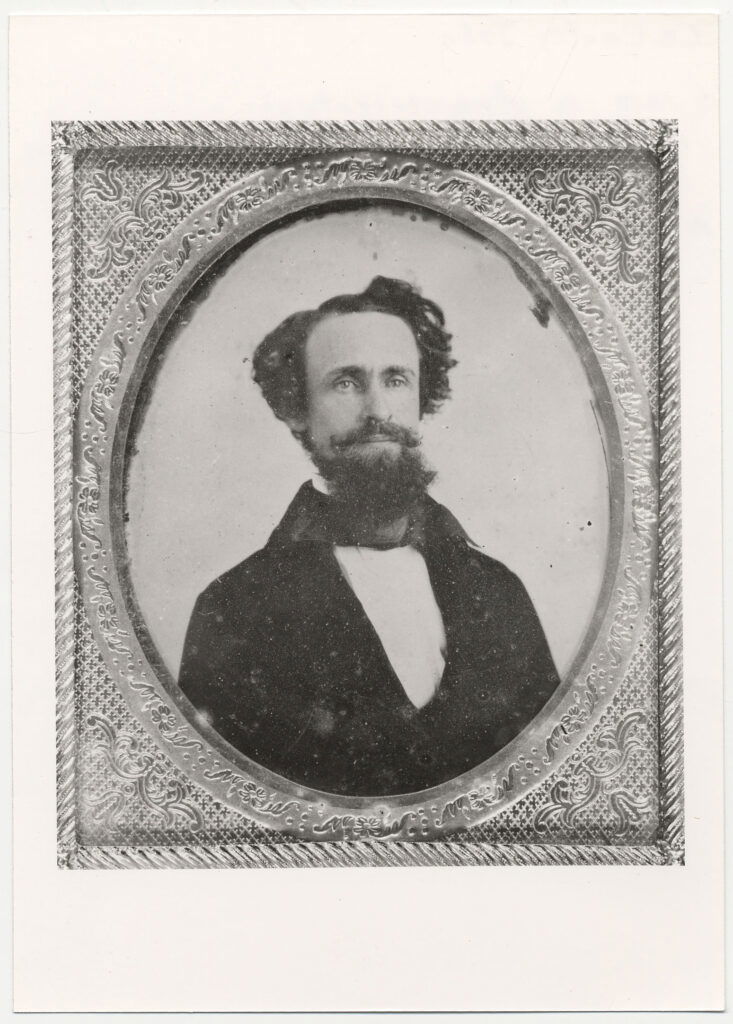
John LeConte published several important papers during his tenure in Georgia and South Carolina, including studies of the formation of ice columns in frozen soil and the effects of musical sound on a gas-jet flame. During the Civil War (1861-65) he served as superintendent of a Confederate niter works, which made explosives. In 1869 he became the first professor at the newly opened University of California, in Berkeley. In addition to teaching physics, John served as acting president of the institution in 1869 and as president from 1876 to 1881. Among his important scientific contributions during his years in California were articles on the nature of sounds in water (1882) and on the activities of small objects floating in water (1882, 1884). John LeConte was elected to membership in the National Academy of Sciences in 1878. He died at his home in Berkeley in 1891, survived by his wife and his older son, Louis Julian, who became an engineer.
Joseph LeConte, born in 1823, graduated from the University of Georgia in 1841. He enrolled in the College of Physicians and Surgeons in 1844 and received an M.D. in 1845. He married Elizabeth Caroline Nisbet in 1847 and established a medical practice in Macon. Because his first love was geology, however, he enrolled in the Lawrence Scientific School of Harvard College in 1850 to study with the famous naturalist Louis Agassiz. Upon completing his studies in 1851 he returned to Georgia and became professor of chemistry and natural history at Oglethorpe University (then located near Milledgeville). In 1852 Joseph was appointed professor of geology and natural history at the University of Georgia. Involved in a dispute with the university president, he left the university a year after his brother departed, and in 1857 he became professor of chemistry and geology at South Carolina College. During the Civil War he aided the Confederacy, first in producing medicines and later in the niter works.

As his brother John had done, Joseph joined the faculty of the University of California, departing for the West Coast in 1869. Although he often expressed a desire to return to the South, he readily adapted to his new state, where he gained fame for his success as a professor of geology and physiology. The author of about 200 publications, including nine books, Joseph LeConte won special recognition for his Elements of Geology (1877), Sight: An Exposition of the Principles of Monocular and Binocular Vision (1881), and Evolution and Its Relation to Religious Thought (1888). Revised four times, the geology textbook remained in use until the 1920s. A detailed study of the physiology of human vision, Sight was the first work of its kind in America. Evolution enjoyed notable success as an effort to reconcile the theory of evolution with Christian beliefs.
Elected to the National Academy of Sciences in 1875, Joseph LeConte served as president of both the American Association for the Advancement of Science (1891) and the Geological Society of America (1896). A devoted camper and mountain lover, he was a charter member of the Sierra Club. His Journal of Ramblings through the High Sierra of California was published in 1875 and reissued in 1930 and 1960. His Autobiography was published in 1903, and his ’Ware Sherman, an account of his escape from Union troops near the end of the Civil War, was published in 1937 and reissued in 1999. LeConte died in 1901 while camping in Yosemite National Park.
Joseph LeConte was the father of five children: Emma Florence, Sarah Elizabeth, Josephine Eloise (died in early childhood), Caroline Eaton, and Joseph Nisbet. Emma LeConte’s diary of events surrounding Union general William T. Sherman’s attack on Columbia, South Carolina, in February 1865 was published as When the World Ended in 1957 and reissued in 1987. Her husband, Farish Furman, became a farmer near Milledgeville and developed a highly successful fertilizer for growing cotton. Joseph Nisbet spent his career as a professor of engineering at the University of California and served for many years as an officer in the Sierra Club.
The LeConte name has been memorialized in several ways. A pear, a turtle, a sparrow, a thrasher, and other species bear the name of John Eatton LeConte or his son John Lawrence LeConte. Each of the three universities where John and Joseph LeConte taught has named a building in honor of the brothers, and several landmarks are associated with their name: Mt. LeConte, in the Smoky Mountains, honors John LeConte, while three places in the Sierra Mountains, a glacier and a ferryboat in Alaska, and various other things bear the name of Joseph LeConte and reflect the esteem in which he is held.


